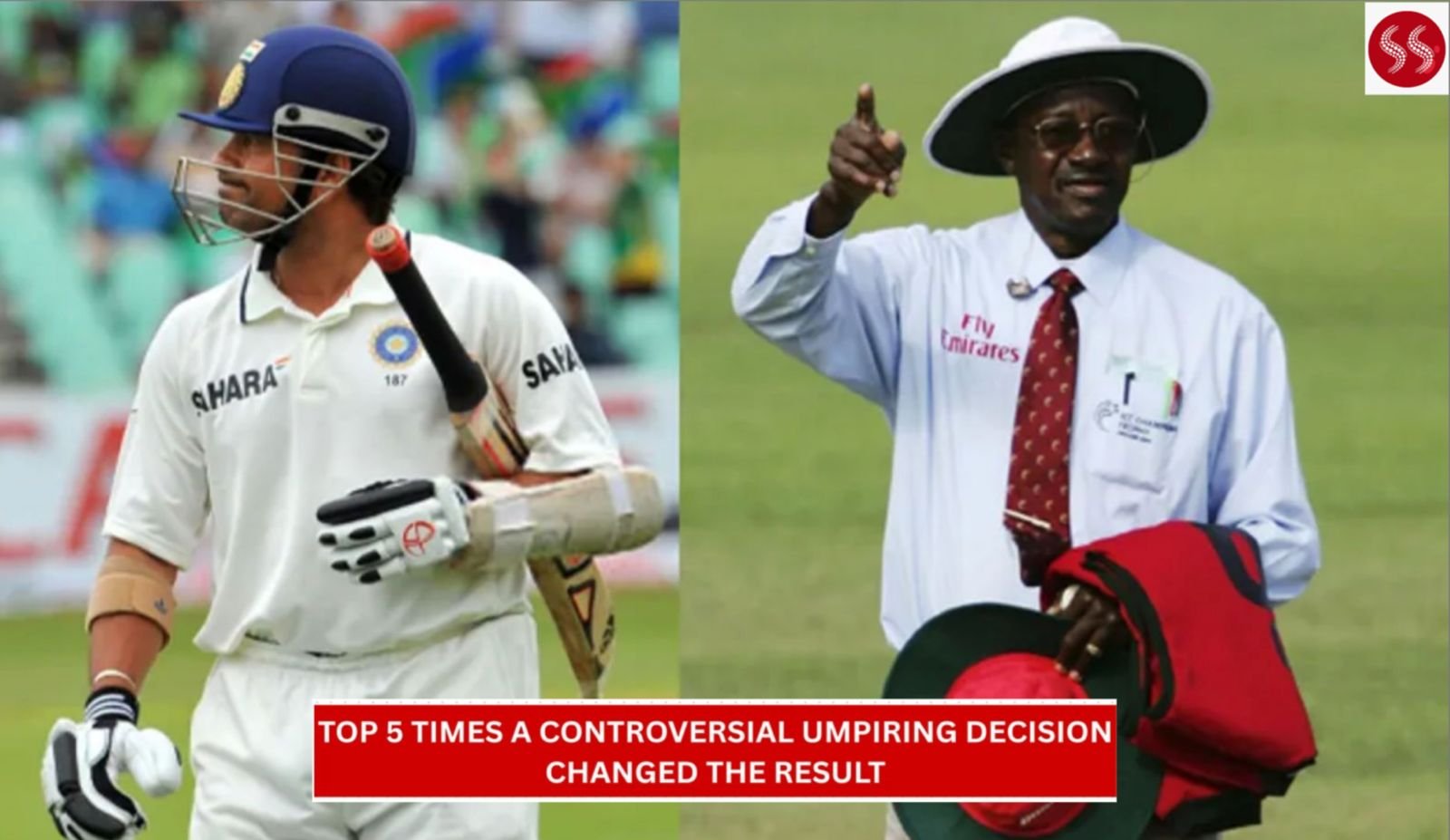In cricket, where every ball counts and a single run can define legacies, umpiring decisions carry the weight of fate. The game may be governed by rules and played within boundaries, but it’s also a human endeavour—one where errors, interpretations, and split-second calls by the umpires can change the course of history.
While most decisions go unnoticed and fall well within the realm of acceptable judgment, there are rare moments when an umpiring call is so controversial, so consequential, that it becomes the talking point of the match, the series, or even an entire tournament. These aren’t just footnotes in a match report; they’re flashpoints that have rewritten scripts, stirred global debates, and sometimes even prompted changes in the rules of the game.
In this article, we explore five such high-voltage moments where umpiring errors or controversies directly influenced the outcome of the match, leaving fans, players, and experts fuming or bewildered—depending on which side of the decision they were on.
5. 2007 World Cup Final: The Darkness Debacle
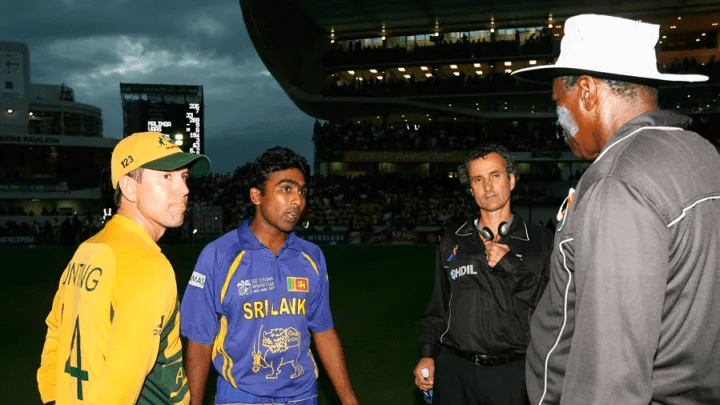
Match: Australia vs Sri Lanka, 2007 World Cup Final
Decision: Umpires forced the continuation of play in near-total darkness
Result: Australia won, but the finale was farcical
In what was supposed to be cricket’s grandest stage, the 2007 World Cup final ended in sheer chaos. After rain interruptions reduced the match, umpires Aleem Dar and Steve Bucknor misinterpreted the playing conditions, allowing play to resume in pitch darkness. Sri Lanka, chasing a massive target, had already lost hope, but being asked to bat the final overs in near-invisible conditions made a mockery of the contest. Confusion reigned as even the commentators and captains didn’t know the match had technically ended until well after it was done. The ICC later admitted that the umpires mishandled the situation, but by then, the damage was done.
4. 2001 India vs Sri Lanka: 5 LBWs in One Session– A Daylight Robbery?
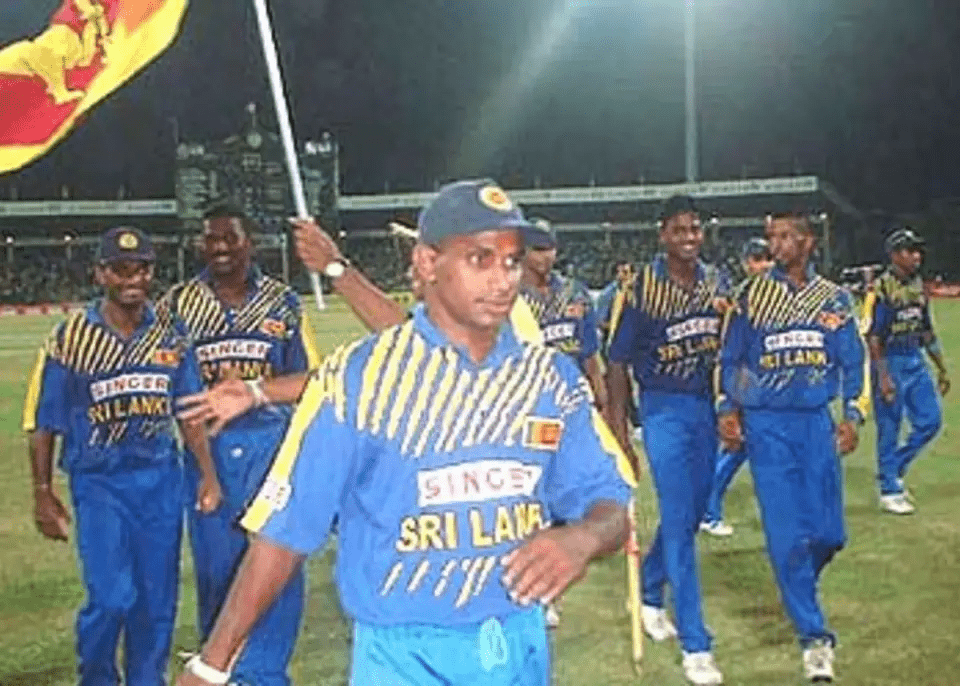
Match: India vs Sri Lanka, 2nd Test at Kandy, 2001
Decision: Five LBW dismissals in a single session, many of which were highly questionable
Result: India bowled out for 234; Sri Lanka won by 8 wickets
This match is remembered not for a dramatic finish but for the sheer volume of controversial LBW decisions that derailed India’s first innings. In the second session of Day 1, India collapsed from a solid position to being all out for 234—five of the top-order batters fell to LBW calls, many of which looked extremely doubtful even in real-time. Batsmen like Rahul Dravid and Sourav Ganguly were given out despite the ball appearing to pitch outside leg or miss the stumps entirely. Umpire Asoka de Silva was at the centre of the storm, and his trigger-happy finger became a point of national outrage in India.
3. 2005 Ashes: Edgbaston Test – The Glove That Wasn’t
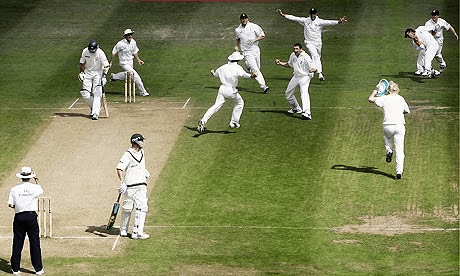
Match: England vs Australia, 2nd Test at Edgbaston
Decision: Michael Kasprowicz was given out caught behind off a glove not connected to the bat
Result: England won by 2 runs
One of the most thrilling Tests of all time came to a controversial end. With Australia needing just 3 runs to win and 1 wicket in hand, tailender Michael Kasprowicz was given out caught behind off Steve Harmison. However, replays revealed that Kasprowicz’s glove was off the bat handle, meaning the ball touching it should not have counted. According to cricket laws, a glove not in contact with the bat is irrelevant for a dismissal. The decision, however, stood, and England won the Test by just 2 runs—their first Ashes victory in years. This incident became one of the most talked-about moments of the series.
2. 2008 Sydney Test: India vs Australia – The Bucknor-Blunder Series
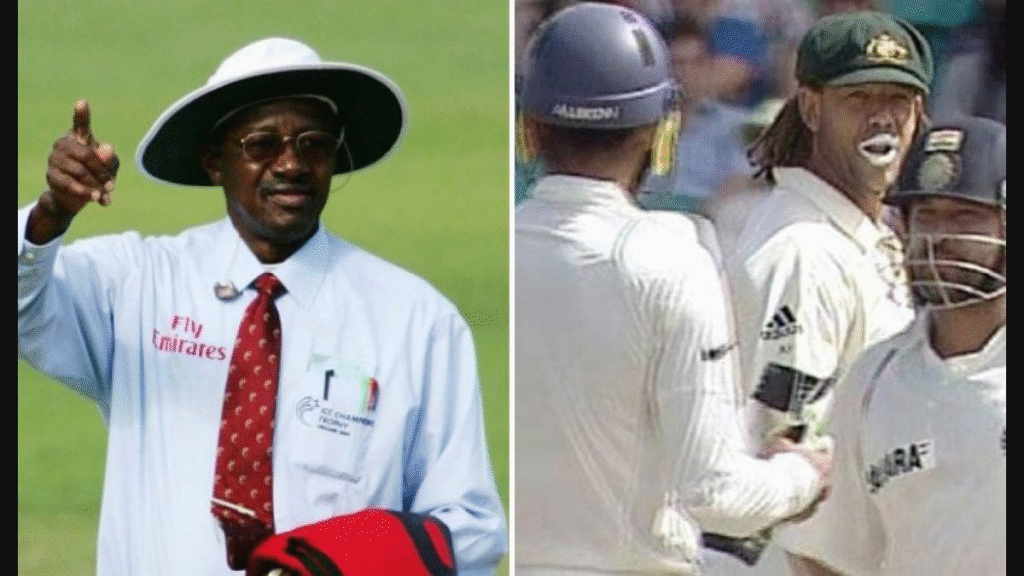
Match: India vs Australia, 2nd Test at Sydney
Decision: Multiple wrong decisions, especially against Indian batsmen
Result: Australia won by 122 runs amid major controversy
This match is infamous for more than one reason. While the ‘Monkeygate’ scandal involving Harbhajan Singh and Andrew Symonds stole headlines, the umpiring was nothing short of disastrous. Umpires Steve Bucknor and Mark Benson made a string of questionable decisions—almost all of which favoured Australia.
- Rahul Dravid was wrongly given caught behind despite the ball brushing his pad.
- Sourav Ganguly was given out caught when Michael Clarke’s “catch” had hit the ground.
- Andrew Symonds survived at least three clear dismissals, including a massive nick caught on stump mic.
Australia went on to win the match in the final moments, taking a 2-0 lead in the series. However, the controversy led to Steve Bucknor being removed from officiating the remaining matches, and serious tension flared between the two cricket boards. The integrity of umpiring in Test cricket was called into question like never before.
1. 2019 ICC World Cup Final: The Overthrow That Should Have Been 5, Not 6
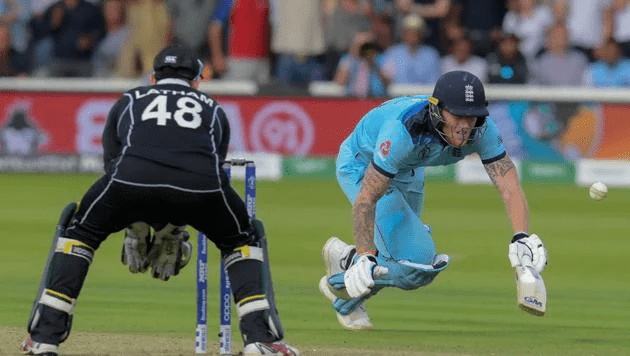
Match: England vs New Zealand, Lord’s
Decision: Awarding 6 runs for an overthrow that should have been 5
Result: Match tied, Super Over tied, England declared winners on boundary count
Few matches in cricket history have ended with as much confusion and controversy as the 2019 World Cup Final. With England chasing 242, the match came down to the last over. On the third-last ball, Ben Stokes dived to complete a second run. As the throw from the deep hit his bat and ricocheted to the boundary, umpire Kumar Dharmasena awarded 6 runs—2 for running + 4 overthrows.
But according to Law 19.8, if the batsmen hadn’t crossed at the time the throw was released, only 5 runs should be given. Replays showed that Stokes and Rashid hadn’t crossed.
That one extra run helped England tie the match. The Super Over also ended in a tie, and England were declared winners based on boundary count—a rule that was heavily criticised and later scrapped. Former players and fans from across the world called the overthrow ruling the biggest robbery in cricket history.
READ MORE:

